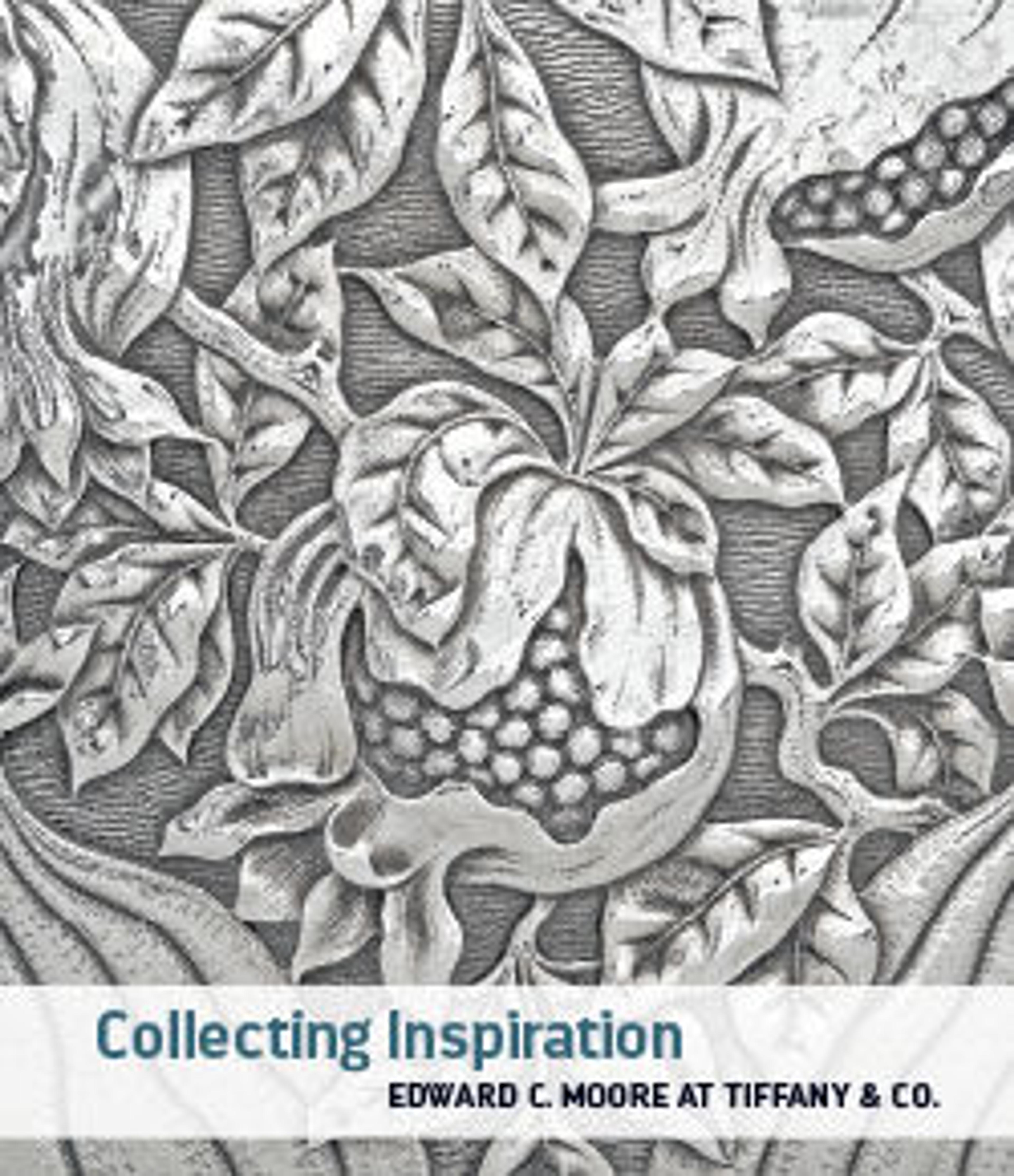Basin with Figural Imagery
A limited number of basins were produced with this distinctive scallop-shaped edge during the Ilkhanid period in Iran. Its intricately inlaid surface, worked entirely in gold and silver, comprises figural imagery within a radiating geometric framework. Musicians, courtiers, and polo players are among the diverse and lively inhabitants of its interior. Considering its celebration of courtly pastimes, intricate drawing, and high-quality craftsmanship, this basin was likely created for a patron of high status.
Artwork Details
- Title: Basin with Figural Imagery
- Date: early 14th century
- Geography: Attributed to Iran
- Medium: Brass; raised, engraved, and inlaid with silver and gold
- Dimensions: H. 5 1/8 in. (13 cm)
Diam. 20 1/2 in. (51.1 cm) - Classification: Metal
- Credit Line: Edward C. Moore Collection, Bequest of Edward C. Moore, 1891
- Object Number: 91.1.521
- Curatorial Department: Islamic Art
More Artwork
Research Resources
The Met provides unparalleled resources for research and welcomes an international community of students and scholars. The Met's Open Access API is where creators and researchers can connect to the The Met collection. Open Access data and public domain images are available for unrestricted commercial and noncommercial use without permission or fee.
To request images under copyright and other restrictions, please use this Image Request form.
Feedback
We continue to research and examine historical and cultural context for objects in The Met collection. If you have comments or questions about this object record, please contact us using the form below. The Museum looks forward to receiving your comments.
